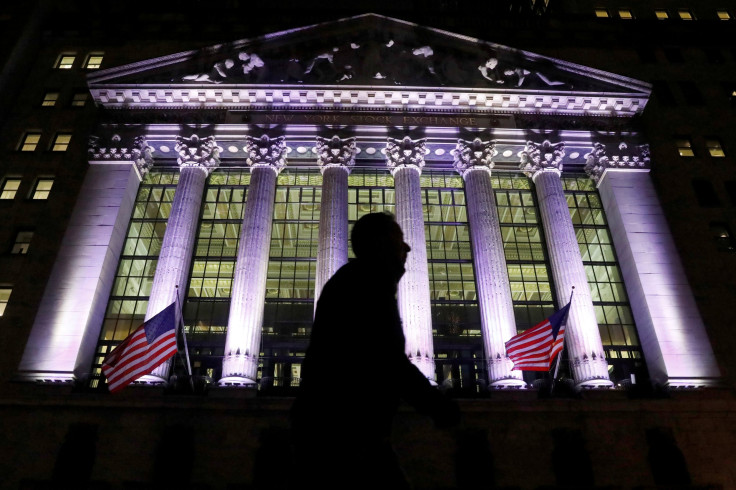Will The Stock Market Crash In 2017? Bond Buying On The Rise As Investors Look To Avoid Risks

In the month after President Donald Trump’s election upset, bond prices dropped and their yields soared as investors clamored for riskier assets like stocks and commodities that tend to be more rewarding in times of speedy economic growth, as many expected the new president to cut taxes and enact a $1 trillion stimulus program soon after entering office.
But those market trends may be starting to reverse, the Wall Street Journal reported Sunday.
While the value of bond mutual and exchange-traded fund selloffs hit a level not seen since May 2013 in the week after the election, the total value of high-rated, low-risk American company bonds issued for the first three months of 2017 hit its highest-ever quarterly level, according to the Journal.
Read: Dow, S&P Drop As Report Says Stocks Are Most Overvalued In 17 Years
Some, like Barron’s columnist Johanna Bennett, noted that the growth in low-risk asset demand may be more a sign of backtracking on mass selloffs in the month following the election than fear of heightened market-wide risk.
Still, recent stock market developments have given investors reason to worry and adjust their holdings accordingly. A late March report by Bank of America Merrill Lynch, for example, found that more than a third of fund managers surveyed—the largest portion since the year 2000—saw global equities as overvalued. And after the Dow Jones Industrial Average and Standard & Poor’s 500 index tumbled from record-breaking highs, many experts mused that the stock market may be due for a correction of 10 to 15 percent, pushing share prices down closer to levels that more accurately reflect their real values.
Read: Investors Predict 10% ‘Correction’ In Share Prices
Although the Federal Reserve’s interest rate hikes, a policy intended to reel the economy in to prevent runaway inflation, tend to drive bond prices up—and, conversely, their yields down—as investors move away from riskier assets, another move by the Fed may soon have the opposite effect. In the release of its meeting minutes Wednesday, the central bank indicated that it planned to begin selling off its own $4.5 trillion worth of bond holdings, driving their prices down and their interest rates up, and potentially making them even more attractive to the risk-averse investor.
© Copyright IBTimes 2024. All rights reserved.












